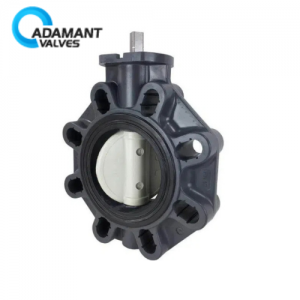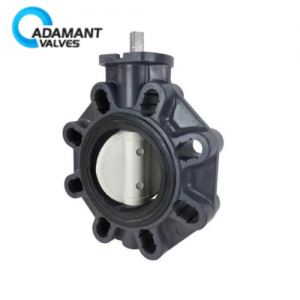Are All Valves Closed Clockwise and Opened Counterclockwise?

In daily life, we use many valves. We might follow a simple rule: “Turn right to tighten (clockwise), turn left to loosen (counterclockwise).” But is this rule always true? Are all valves really closed clockwise and opened counterclockwise?
The answer is: Yes, in most cases. But there is a very important exception.
The General Rule: Righty-Tighty, Lefty-Loosey
This common rule comes from a natural feeling: the direction of tightening a screw. Most screws go in clockwise and come out counterclockwise. Valve design follows this logic because it feels intuitive.
- Clockwise turn (to the right): This is like “tightening.” It moves the valve’s inner part to block the flow. This closes the valve.
- Counterclockwise turn (to the left): This is like “loosening.” It moves the inner part away to open the flow. This opens the valve.
This rule is called “Righty-Tighty, Lefty-Loosey.”
How Common Valves Work
Let’s look at two common valves:
- Ball Valve: This valve often has a lever handle. When the handle is parallel to the pipe, the valve is open. When the handle is perpendicular to the pipe, the valve is closed. Turning the handle from parallel to perpendicular is usually a clockwise motion.
- Gate Valve or Globe Valve: These valves usually have a round handwheel. Turning the handwheel counterclockwise lifts the internal part to open the valve. Turning it clockwise lowers the part to close the valve.
The Very Important Exception
However, safety is more important than habit. The biggest exception is with compressed gas cylinders. This includes propane tanks or industrial gas tanks. The main valve on top of these tanks works in reverse.
For these valves, turn counterclockwise to open, and clockwise to close.
Why is the design different?
This is a careful safety design. Imagine a gas leak emergency. People panic. A common instinct in panic is to turn the valve “tight” (clockwise). If the tank valve followed the normal rule, this instinct would make the leak worse. So, the “counterclockwise to open” design ensures that in an emergency, a person’s instinct to turn clockwise will shut off the gas. This can prevent a disaster.
Please note: The smaller valves on the hose connecting the tank to a appliance (like a grill) usually follow the standard rule again (“clockwise to close”). It is important to know the difference between the tank’s main valve and other pipe valves.
Other Exceptions and Best Practices
Some very old heating system valves or special industrial valves might also be exceptions. So, when you operate any unfamiliar valve, follow these best practices:
- Look first, then act: Always check the valve for markings like “ON/OFF,” “OPEN/CLOSE,” or direction arrows. This is the most reliable method.
- Test gently: If there are no markings, try turning counterclockwise very gently. If you feel strong resistance, it might be the closing direction. Do not use excessive force.
- Remember the gas exception: Always remember “counterclockwise to open” for standalone, tall compressed gas cylinders.
- Open and close fully: For valves that need many turns (like globe valves), open them all the way. Then turn back slightly (about a quarter turn). This prevents the valve from getting stuck. When closing, turn gently until snug. Do not over-tighten.
In summary, “clockwise to close, counterclockwise to open” is a very common rule for most valves at home and in industry. But as a responsible user, you must always remember the key exception for compressed gas cylinder main valves. Safety comes from knowledge. When you are unsure, always stop and look carefully first.




